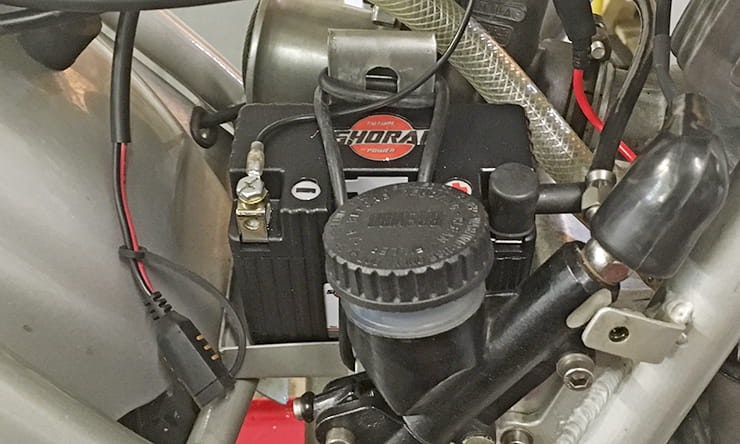Motorcycle electrics explained: Lithium batteries
By Rupert Paul
Motorcycle Journalist
03.10.2017
Rupert Paul of Rupe’s Rewires has been designing and building custom wiring looms for six years. Here’s his take on what to look for when you buy aftermarket electrics…
Wondrously small, light and powerful, lithium batteries are a tempting (if expensive) addition to a custom build. They do, however, need a little care.
First, they don’t like high voltage. Carrot Cycles, which sells Shorai batteries, says 14.4 volts is the maximum. The thing is, some regulator rectifiers go a little higher than that, so it’s worth checking your voltage across the battery terminals with a multimeter set on DC 20 volts. In order to check it, rev the motor to about 5000rpm, or until the voltage stabilises.
Second, lithium batteries don’t like the pulse chargers designed to restore lead-acid batteries. In practice, that means you should only use a very basic charger, or better still, a specific lithium battery one. It’s worth mentioning that Electrexworld, probably the UK’s biggest supplier of regulator rectifiers, doesn’t recommend lithium batteries at all. Fair enough, but I’ve seen them work well for long periods in well-maintained bikes.
Get more advice on all forms of motorcycle electrics by clicking here.
Rupe’s Rewires
Meet Rupert Paul, BikeSocial’s electrics expert…
Share on social media:
